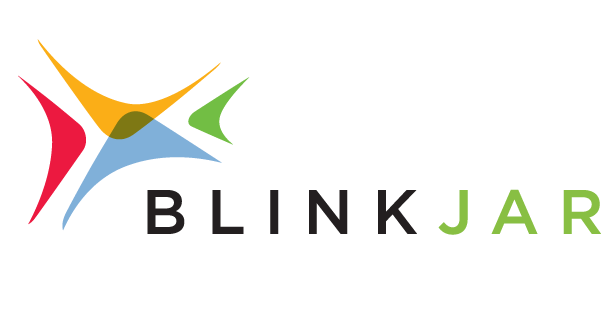How Disorganized Social Media is Hurting Your Business
Sure, social media is no field of dreams—there’s barely any Kevin Costner and those voices you’re hearing are (hopefully) the livestream you forgot to mute. But with Facebook, Twitter, LinkedIn, Instagram, and Snapchat, there are acres of available social media in which to build a memorable, fruitful presence.
But do you know what you’re building? Or for whom?
Before you trade the cornfields for baseball diamonds, make sure your business is avoiding these 6 major social media mistakes.
1. Not defining your social media audience
You can't be everything to everybody. If you try to be cool, informative, trendy, topical, and a business guru all at once, you'll end up with a migraine and a very confusing twitter feed. The best way to find and define your audience is to first establish what's important to you and your brand.
...which brings me to my next avoidable mistake!
2. Not establishing your brand on social media
You want to make sure that your audience knows exactly where they are--Iowa, heaven, or otherwise! In order to do so, it's important to define your objective for using social media, establish your target audience, and use a consistent look and feel across every social media platform, so your audience can recognize you, regardless of device or app.
3. Spreading your brand across too many social media platforms
How many social media profiles are you currently managing for your business? Are you not exactly batting a thousand in engagement across the board? If you're running a small business or just getting into the inbound world, you may want to consider narrowing your scope to devote more time to social media platforms that work best for your business model.
4. Selling your brand too much on social media
Establishing a brand, defining an audience, and concentrating your social media efforts are all vital in the building of an attractive and profitable online presence. The last thing you want to do is scare your audience away by selling too much.
5...Or too little!
You may have heard of the 80/20 rule, but at BlinkJar, we recommend following the 70/30 rule for social media. 70% of your content should be relatable, attractive, and conversational, while 30% should call attention to your brand, business, and available services.
Think about it this way, if you're posting on Facebook every day for 7 days, only 2 of those posts should focus on your business services to keep your audience engaged and aware, but not burnt out by your sales pitch. Because Facebook posts have a longer shelf-life, it's best to apply this rule in terms of percentage for social media platforms, such as Twitter, where the average post gets buried within the hour.
6. Depending too much on social media
At the end of the day, it's not the posts, puns, or pop culture references that will bring your buyer out of the cornfields, it's your voice. So let 'er rip.
And before you get overwhelmed with statistics, logistics, and what-ifstics (go with it), remember that you are present on social media to connect with your audience and provide reliable, meaningful content for them.
Still in need of a little guidance? Call the social media and inbound marketing experts of Baton Rouge for a free consultation today!








